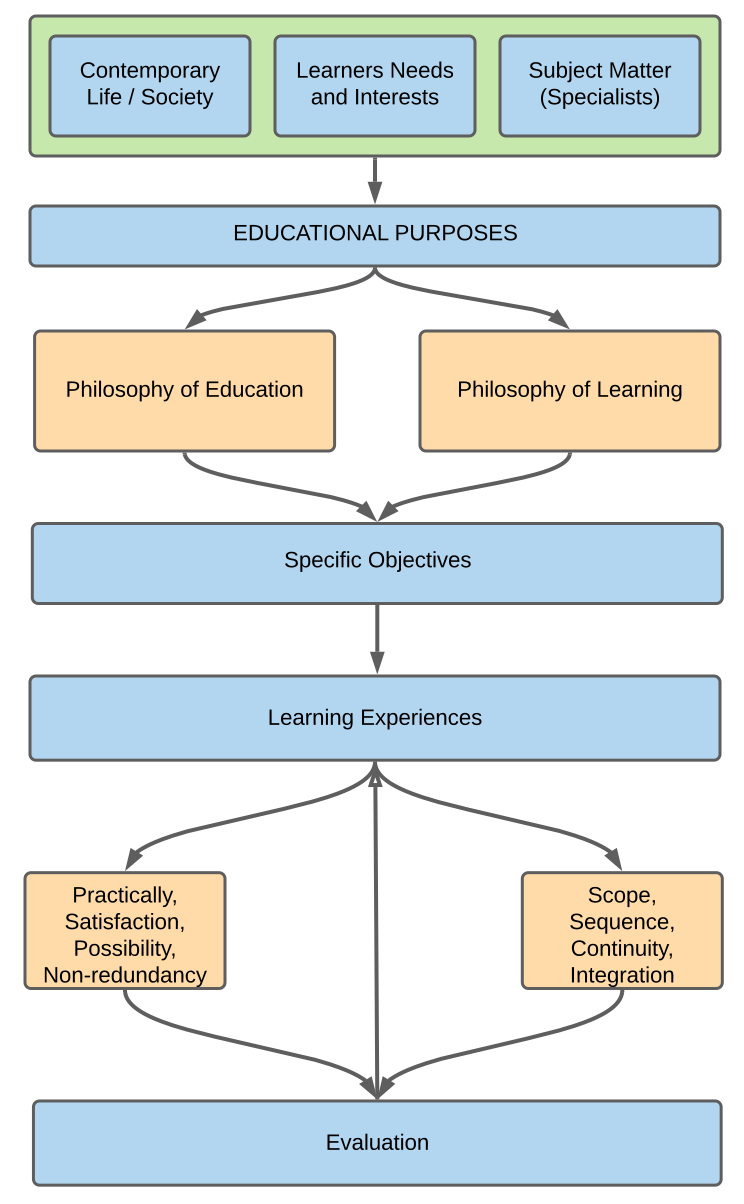Curriculum Design – Subject: Vocational Training

1. Diagnosis / Context
The subject addresses the need to prepare students to integrate into the working world with practical knowledge, soft skills, and transversal competencies.
The context includes a dynamic labor market with a growing demand for digital competencies, teamwork ability, effective communication, and problem-solving.
2. General Purpose
To develop in students the necessary competencies to enter the labor market ethically, efficiently, and productively, understanding their rights and duties, applying practical skills, and demonstrating a proactive attitude.
3. Objectives
Upon completion of the subject, students will be able to:
Recognize the demands and dynamics of the labor market.
Prepare basic employment insertion documents (curriculum vitae, cover letter, professional profile).
Develop communication, leadership, and teamwork skills.
Apply principles of safety and hygiene at work.
Identify their labor rights and obligations according to current legislation.
Demonstrate responsibility, punctuality, and commitment in practical activities.
4. Specific Competencies
Effective professional communication (oral and written).
Personal resource management (time, goals, self-control).
Collaborative work and problem-solving.
Application of occupational health and safety regulations.
Basic use of digital tools for job searching and productivity.
5. Contents
Unit 1: Introduction to the World of Work
Concept of work and employment.
Differences between formal and informal sectors.
Current labor trends (telework, digital economy).
Unit 2: Labor Rights and Duties
Employment contract.
Social security and benefits.
Principles of workplace ethics.
Unit 3: Career Insertion and Projection
Curriculum vitae preparation.
Cover letter and job interviews.
Personal and professional image.
Unit 4: Transversal Skills
Effective communication.
Teamwork and leadership.
Conflict resolution.
Unit 5: Occupational Safety and Hygiene
Basic safety standards.
Prevention of occupational hazards.
Culture of self-care.
Unit 6: Digital Tools for Employment
Use of job search platforms.
Professional digital portfolio.
Online collaborative tools.
6. Methodology
Active and participatory approach: project-based learning, interview simulations, case studies.
Collaborative work: group problem-solving, team projects.
Use of ICT: creation of digital CVs, online job searching on platforms.
Practices and role-playing: simulated interviews, group dynamics.
7. Learning Activities
Workshop: CV and cover letter preparation.
Simulation: job interviews with feedback.
Project: design of a personal career insertion plan.
Debate: analysis of cases on workplace ethics.
Dynamics: role-playing games on conflict resolution at work.
Research: study of risks in different work environments.
8. Evaluation
Formative: class participation, individual assignments, constant feedback.
Summative:
Student portfolio (CV, cover letter, career insertion plan).
Practical simulated interview exam.
Final project: group presentation on risk prevention in a productive sector.
Evaluation Criteria:
Mastery of key concepts.
Practical application (employment documents and simulations).
Development of soft skills (communication, teamwork).
Evidence of positive attitudes towards work.
9. Resources
Computers with internet connection.
Job search platforms (e.g., LinkedIn).
Videos and tutorials on interviews.
Occupational safety manuals.
Workshop classrooms for simulations.
10. Estimated Time
Duration: one semester (16 weeks).
3 hours per week (48 total hours).
✅ This plan is aligned with a competency-based approach, influenced by Tyler’s model (clarity of objectives) and Taba’s (initial needs diagnosis). Use Arrow Up and Arrow Down to select a turn, Enter to jump to it, and Escape to return to the chat.
